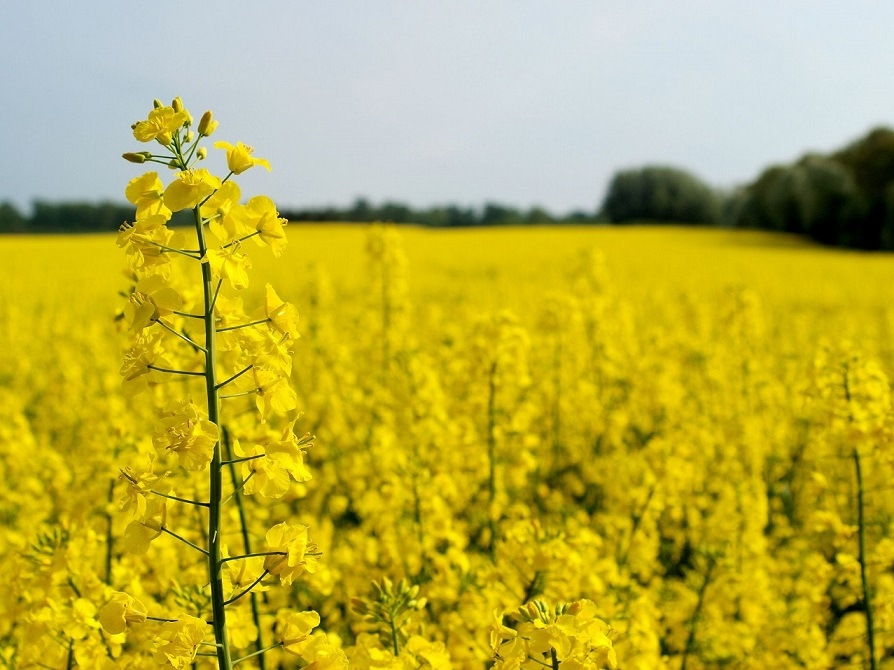High prices keep Canadian canola out of European Union

The European Union has been importing rapeseed/canola like gangbusters in 2022-23, but precious little is arriving from Canada.
The EU bought 5.8 million tonnes of the oilseed through the first 37 weeks of the crop year, according to Strategie Grains.
That is up 57 percent over the same period a year ago.
Ukraine is the leading supplier. The war-torn country accounted for half of the EU’s imports through March 12.
Australia is close behind, with 41 percent market share or 2.87 million tonnes worth of sales.
Canada is a distant third.
“The simple reason is that our price is not competitive into Europe versus Ukraine or Australia,” said MarketsFarm analyst Bruce Burnett.
Prices in Canada are high because of strong domestic demand, with board crush margins averaging over $200 per tonne. There has also been a heavy export pull out of China.
Strategie Grains is forecasting a total 2022-23 EU import program of 6.8 million tonnes through the end of June.
Australia is expected to pick up the lion’s share of the remaining business because Ukraine’s supplies are drying up.
That is not the case in Australia, where farmers harvested a record 8.3 million tonnes of canola, up 21 percent over the previous record set last year.
Ukrainian farmers are also responding to good canola economics.
The United States Department of Agriculture is forecasting Ukrainian farmers will plant 3.21 million acres of canola in 2023, a 30 percent increase over last year.
The Union Zur Forderung Von Oel (UFOP), a German oilseed organization, agreed with the USDA that acreage is on the rise in Ukraine.
“Although sowing of winter crops in the autumn of 2022 was more difficult and dangerous than ever before in the history of independent Ukraine, the (canola) area is expected to expand at the expense of wheat and barley,” it said in a recent report.
The acreage increase might also be in anticipation of expanding EU demand for the product.
UFOP noted in a separate report that a policy change is occurring in the EU that will result in increased rapeseed-canola oil use by its biofuel sector.
The EU’s new Renewable Energy Directive stipulates that the use of palm oil-based biofuels will no longer be eligible for climate credits by 2030 at the latest.
The shift away from palm oil has already begun in France, Austria, Belgium, Sweden and Denmark. Germany is following suit in 2023, and it is the EU’s biggest biodiesel producer.
“The proportion of biodiesel from rapeseed oil and waste oils and fats is expected to climb, especially at the expense of palm oil,” stated UFOP.
Rapeseed oil already comprises 39 percent of EU biodiesel and renewable diesel feedstock, followed by palm oil at 29 percent and used cooking oil at 18 percent.
Burnett agreed that rapeseed-canola oil demand is likely on the rise in the EU, especially with Germany moving away from palm oil.
However, he noted that Indonesia and Malaysia are fighting the EU’s ban on palm oil.
He also mentioned that some of palm oil’s lost market share will likely go to cheaper feedstocks like used cooking oil.
Read also
Wheat in Southern Brazil Impacted by Dry Weather and Frosts
Oilseed Industry. Leaders and Strategies in the Times of a Great Change
Black Sea & Danube Region: Oilseed and Vegoil Markets Within Ongoing Transfor...
Serbia. The drought will cause extremely high losses for farmers this year
2023/24 Safrinha Corn in Brazil 91% Harvested
Write to us
Our manager will contact you soon



